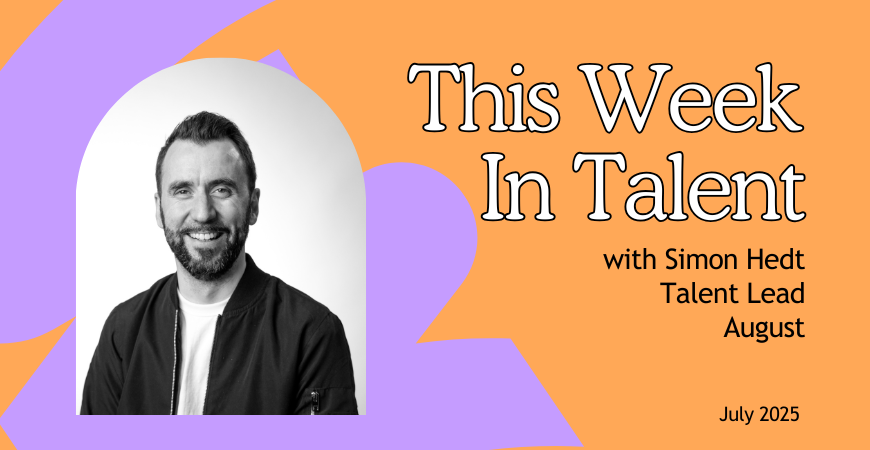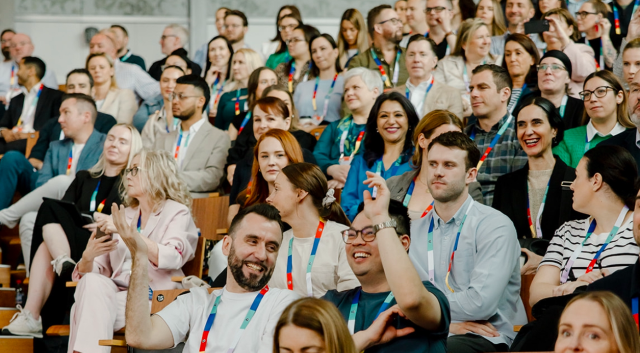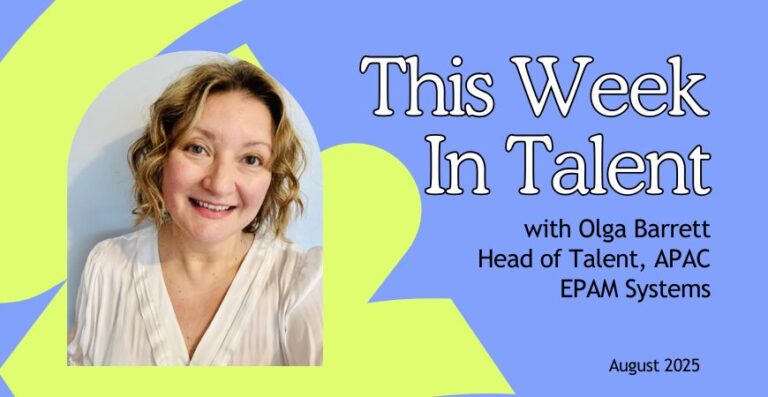Recruiters talk a lot about fairness and rigour in hiring. We talk about removing bias, enabling better decisions, and improving candidate experience. But too often, we miss the one lever that underpins all of it: consistency.
The single most important thing we can do to improve hiring decisions is to standardise the interview process. Not just in structure, but in mindset. It’s about treating interviews not as informal chats or instinct-driven conversations, but as designed, repeatable systems. Because when we don’t, we introduce noise. And noise is the enemy of good judgement.
At August, we’ve been refining our interview process over the past few months. From screening questions to final-round assessments, we’ve been asking ourselves: what are we really trying to learn from each conversation? What are we actually assessing? And how do we make sure every interviewer is applying the same lens?
It’s a deceptively hard question. But working through, it has already changed the way we hire.
When the only variable in the interview is the candidate, not the interviewer, not the questions, not the structure, that’s when you start getting clarity. And clarity is what allows you to hire with confidence.
But let’s be clear
Standardising your interview process does not mean every candidate receives the exact same experience. That would overlook the unique needs of individuals, especially candidates with a disability, those who are neurodiverse, or from First Nations communities.
Obviously, we wanted to design a process that was culturally and psychologically safe for all applicants, inclusive of anyone wanting to enter the process. And a standardised process isn’t about rigid sameness, it’s about equity.
And the beauty of a well-built interview system is that you can create multiple workflows that support different disciplines, business units, or access needs, without compromising on consistency.
You don’t standardise the candidate. You standardise the process, so that every candidate is given a fair opportunity to show their best. In fact, done well, a structured process supports more inclusive hiring, not less.
What we’re trying to avoid
Inconsistency in an interview process shows up in a lot of different ways, all of which introduce a variety of variables that can influence the outcome of an interview and can provide both a false negative and a false positive. Here are some of the things I’ve seen in the past:
- Having 2 interviews for one candidate applying to a particular role and then introducing 4 interviews for a different candidate applying for the same exact role.
- Hosting one candidate interview in the office on a Monday morning and then hosting the next candidate in the pub on a Friday afternoon over a beer.
- Booking one candidate with an interviewer who understands the role well and creates insightful questions that get to the heart of your assessment criteria. And then booking the next candidate with an interviewer who spends their time asking the candidate things like: “Do you keep the tomato sauce in the fridge or the pantry?”
Whilst none of these examples are necessarily ‘bad’ (the tomato sauce example aside of course) it is the inconsistency that creates the issue. When the approach, questions, environment and surrounding context all change this much from interview to interview, we are unlikely to be able to determine with any certainty, which candidate is the best fit for our role.
What consistency unlocks in interviews
Interviewing is rarely treated with the same discipline as other parts of recruitment, but it should be. Structured interviews are not just best practice, they’re high impact. Done well, they help you:
- Reduce bias and subjectivity across hiring panels
- Make more accurate comparisons between candidates
- Align the team on what good actually looks like
- Build clarity around the behaviors, values and outcomes you care about
- Improve the candidate experience with a smoother, more considered process
- Create better onboarding handovers because the decision-making is well documented
- Get consistent and timely feedback
This is not about being robotic or rigid. Great interviews still leave room for conversation. But they’re intentional. You know where you’re steering, and why. And every candidate gets the same opportunity to succeed.
Build the system, then trust it
The biggest shift for us at August wasn’t just changing the questions. It was aligning as a team on how we ask them, how we listen to answers, and how we make calls. That work has already led to stronger interviews, sharper assessments, and better internal confidence around our decisions.
We still bring instinct into it. But it’s informed instinct; shaped by structure, not overshadowed by it.
The payoff is real. Candidates feel the difference. Our team makes faster, clearer decisions. And we spend less time second-guessing ourselves after the fact. There is always an element of risk in any hiring decision, but our process allows us to have a clearer view on where the risk is and what to look for during probation.
If you haven’t reviewed your interview process in a while, do it. Map what you’re asking. Challenge why you’re asking it, if your interviewers can’t tell you why or what they’re trying to understand by asking it, remove it. Bring your whole team into it. Work backwards from the outcomes you want and the signals that really matter. Then build a process and question sets that support that.
Because in a world where so much of recruitment is changing, where AI is taking over sourcing, screening and scoring, the interview is still where hiring decisions are made.
It’s where people meet people. And last time I checked, people influence other people, not bots. And how well you do that will define your ability to hire well.







